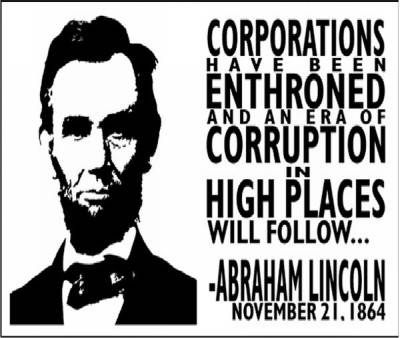In an international context, perception is influenced by the cross-cultural work environment, in which working together can become more difficult (Analoui, 1998; Analoui and karami, 2002). Different perceptions may create conflicts, affecting work relationships (Hoftede, 1991), and individual differences may arise, in which factors such as skills, abilities, personalities, perceptions, attitudes, values, and ethics differ from one individual to another.
Personality is a set of characteristics that influences someone´s behavior and can be described by the "Big Five" factors. The Integrative approach, describes personality as a combination of individual’s psychological processes, including emotions, cognitions, and attitudes.
Social Perception is the process of interpreting information about another person, in which our perception can be influenced. It’s important to eliminate barriers like selective perception, stereotyping and first-impression error, in order to have a good work relationship.
 |
| http://pequebebes.com/wp-content/2010/06/interracial_educacion.jpg |
Attitude is a “psychological tendency expressed by evaluating an entity with some degree of favor or disfavor” (Harrison, D.A., Newman, D.A., Roth, P.L. 2006), in which the ABC model (affect, behavior and cognition) emphasizes the interrelationship among knowing, feeling and doing. When an individual experiences conflict between attitudes and behavior, is called, cognitive Dissonance.
Employees may have work attitudes like Job Satisfaction and organizational Commitment. Values have to be considered in an organizational environment, like the achievements, concern for others, honesty and fairness.
In conclusion, in order to have a positive work environment, both managers and employees, should take into account people´s personality, perception, attribution, attitudes and values.
In conclusion, in order to have a positive work environment, both managers and employees, should take into account people´s personality, perception, attribution, attitudes and values.
TO WHAT DO YOU ATTRIBUTE THE SUCCESS OF JICA?
JICA is “an independent administrative institution that aims to contribute to international cooperation as well as the sound development of Japanese and global economy”.(JICA OGANIZATION).
The success of JICA is based on the people that work for the institution. Although they are volunteers, they have to approve psychological, physical and technical tests in order to get in. After the process you will be finally sent to other country in order to start helping, so it is very important that people really want to do it.
When Yasuko started to talk about her experiences in Colombia, you could perceive that she undermined some individual differences that she and the people in Colombia may have.
When people from two different cultures are working together, is not easy to achieve a profitable work-relationship, because of different attitudes, values and ethics.
When people from two different cultures are working together, is not easy to achieve a profitable work-relationship, because of different attitudes, values and ethics.
When she arrived to the Colombian school she was going to work for, the teachers thought that she was an exchange student and not the person that JICA had sent. That’s because we have different perceptions. When she started to work, she could detect different skills, methods and abilities between teachers and herself in order to work with the children, but she took that, and started to work on it, preparing Workshops and exercises.
 |
| http://farm3.static.flickr.com/2203/2171264755_dc9d95c435.jpg:// |
The success is also based on the elimination of social perception barriers, in which stereotypes and first impression errors must be forgotten. If Yasuko would have kept with the impression she had of Colombia, which is drug trafficking, arms, violence and war, she would have never came here. In stead, she decided to see the bright side and have new experiences. She started to search about positive information online, where she actually found lots of good things.
You could perceive that she was satisfied with her job; she really enjoyed what she was doing. She had a strong organizational commitment, and she really felt identified with the organization. She had an affective commitment with the organization, in which she had the intention to remain in JICA because she had a strong desire to do so. She told us that when she would end her assigned period in Colombia, she was going to Africa, and she was so exited.
She had work values, in which she had traced some goals and was determined to achieve them. She concerned about her co-workers and her students, you could say she was honest and fair.
Bibliography
- "JICA | About JICA | Organization." JICA-国際協力機構. Web. 06 Mar. 2011. <http://www.jica.go.jp/english/about/organization/index.html>.
- Harrison, D.A., Newman, D.A., Roth, P.L. 2006. How important are job attitudes?
- Nelson, D.L. & Quick, J.C. 2010. OrganizationalBehavior: Science, TheRealWorld andYou. South-West
- Image "shaking hands" retrieved from:http://pequebebes.com/wp-content/2010/06/interracial_educacion.jpg
- Image JICA-Africa, retrieved from: http://farm3.static.flickr.com/2203/2171264755_dc9d95c435.jpg





